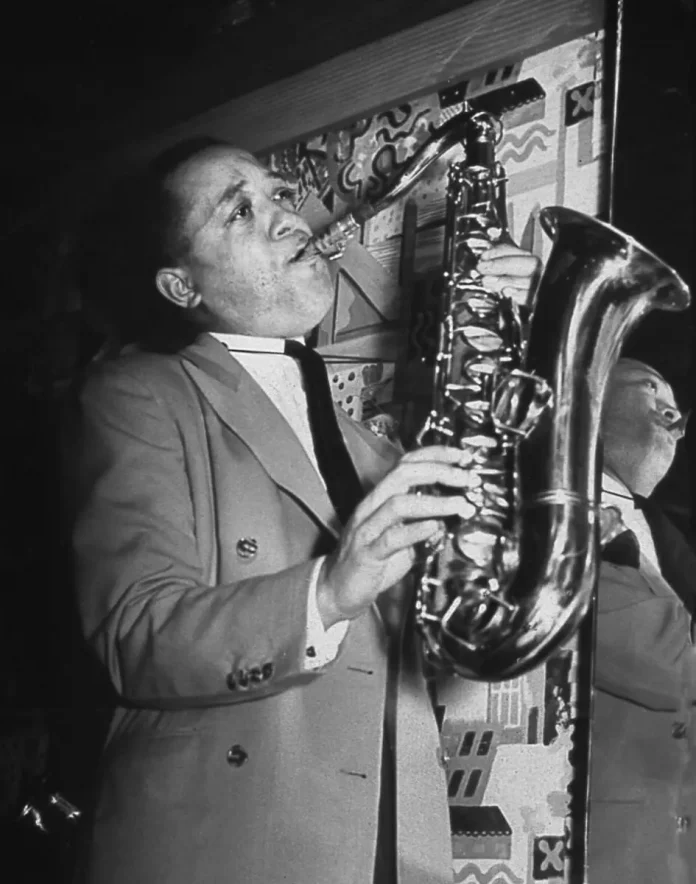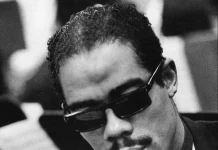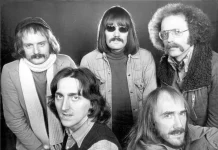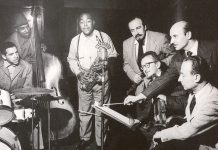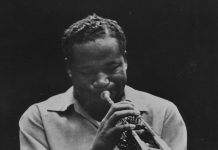My hair is growing into the shape of actor Bill Nighy’s, a fact I mention only to connect Nighy with the “spook” he plays in The Worricker trilogy of TV dramas by David Hare.
Johnny Worricker’s a smoothie whose love of jazz elevates him above the morally dubious characters he’s involved with. In one of the films he shows a woman friend a clip of Billie Holiday performing with Lester Young. While not “mansplaining” in the sense of being patronising, he is reflecting the jazz lover’s astonishment that the music is not universally liked.
There’s another scene at the end of one of the films – it may be the same one – where Worricker is being driven away in a taxi and asks the driver to find some jazz on the radio. I like to think that it’s not escapism he’s seeking but civilised aesthetic values while he’s departing a blasted heath.
I think it was Django Bates who admitted to whistling jazz themes when standing at a bus stop in the hope that someone might turn to him and smile recognition. There was no suggestion that it ever happened. I often try it.
Humphrey Lyttelton, with Ronnie Scott sarcasm, was known to suggest to a sparsely populated audience that the band might outnumber it after the break. A friend I tried to introduce to jazz at a gig attended by a dozen punters was amazed that any musician would want to perform before such a meagre crowd let alone build a career on it being the everlasting norm.
Interviewed at a recent jazz event in South Wales, the broadcaster John Hellings mourned the loss of record shops with plentiful stocks of jazz and knowledgeable sales assistants able to discuss and recommend it. The point here for any sympathisers may have been nothing to do with the decline of the LP and then the CD – they’ve been overshadowed by other “carriers” – but the disappearance of places where people who liked the music congregated as consumers and where sales of jazz records indicated its popularity. There was a long interregnum when the jazz section of a record shop visibly dwindled to nought, as though incapable of accommodating a rescue attempt. To most, this might have indicated a decline of interest as much as a takeover of the shelves by rock and pop.
We’re all now inhabitants of virtual worlds. Our music can be buzzed electronically out of the ether. We can connect with like minds but the intangible nature of the medium convinces us that we’re missing out on something. Social media are too often anti-social.
The reality is that interest in jazz on a graph of musical tastes over the years is a slightly wobbly straight line. It suggests the continuing existence of small clubs – or clubs with modest premises – where rock and pop wouldn’t appear because they’re wedded to a sonic battering-ram or are so commercially successful that their venues are only ever huge. There is no sub-culture of R&P that confines it to a small following and intimate venues; jazz’s (relatively) small following makes it a sub-culture despite a 1930s heyday in which it commanded its most voluminous support. I was at a sold-out gala dinner for a jazz festival at which the singer Lee Gibson, after delivering a short set for the diners, asked them how many would be attending the festival. Hardly anyone raised a hand. I couldn’t work out if this represented a decent respect for jazz that fell short of going to listen to it, or a mildly depressing example of a jazz festival being as good an excuse as any for dressing up to eat paté, turbot and roast figs with mascarpone.
The history of music is linear for the purpose of study but stellar for listening and enjoyment. Some stars shine brightly, others are dim. All undergo changes in the intensity of their illumination.
David Hare used jazz to introduce the films and Worricker to define its “cool” image, one at odds with the often turbulent and degraded background from which it had sprung. Like all of us, I suppose, Worricker in his love for jazz was connected with something of integrity that many other forms of popular music had sacrificed to shallow but lucrative posturing. That they had often borrowed from jazz without acknowledgment just adds to the shallowness.
Worricker – and, indeed, Nighy himself – still looks stylish and unflustered as the years have advanced, which only goes to prove the survival value of such integrity. His 73-year-old jazz-crazy persona denotes elegance and good taste, two attributes lost on the ageing rocker Nighy plays in the film Love, Actually, though, being Nighy, he brings to the character a warm, redemptive quality to undermine its pretence at defying the decades.
Anyway . . . I have the comb. Now where’s the mirror?

